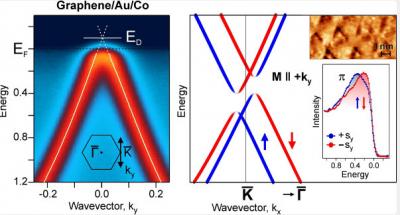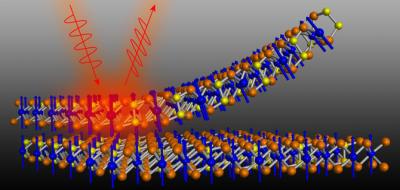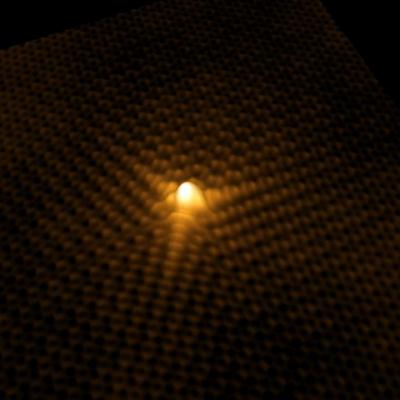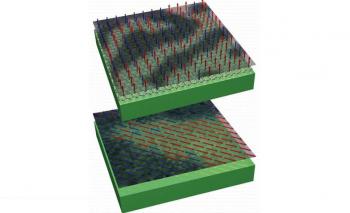Graphene takes on the properties of gold and cobalt to benefit spintronics and quantum computers
Scientists from St. Petersburg University and Tomsk University in Russia, along with teams at the Max Planck Institute in Germany and University of the Basque Country, Spain, have modified graphene in such a way that it has taken the properties of cobalt and gold: magnetism and spinorbit interaction. This advance can greatly benefit quantum computers.

The graphene was (for the first time, according to the researchers) modified to adopt such fundamental properties as magnetism and spin-orbit interaction. The spin of an electron is a magnet induced by the spin of the electron around its axis. It also orbits the nucleus to produce electric current and therefore a magnetic field. The interaction between the magnet and magnetic field is a spin-orbit interaction. Unlike in gold, the spin-orbit interaction in graphene is extremely small. The interaction between graphene and gold increase spin-orbit interaction in graphene, while interaction between graphene and cobalt induces magnetism, the team explained.




